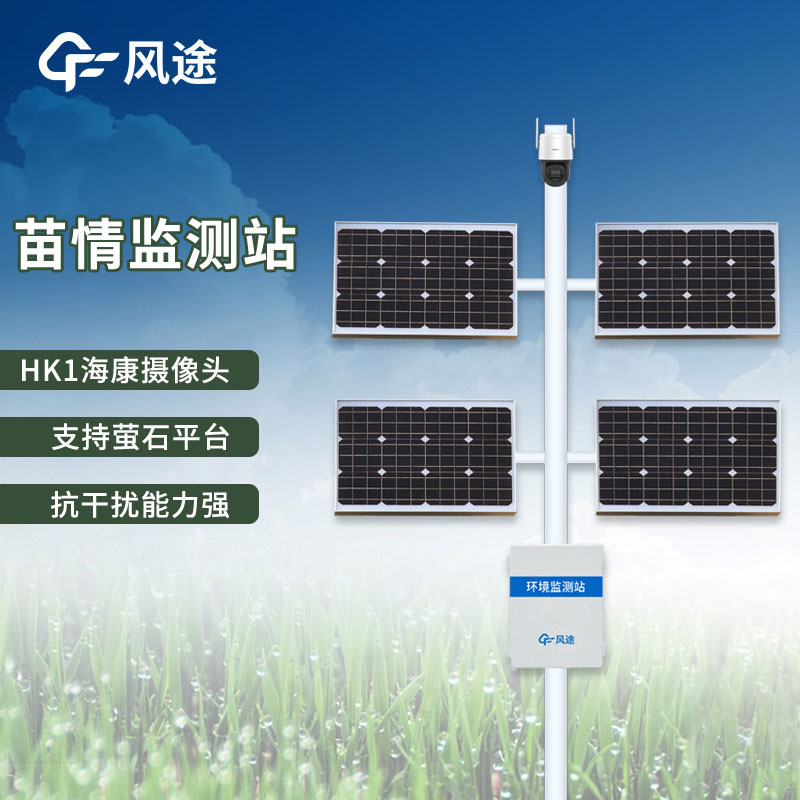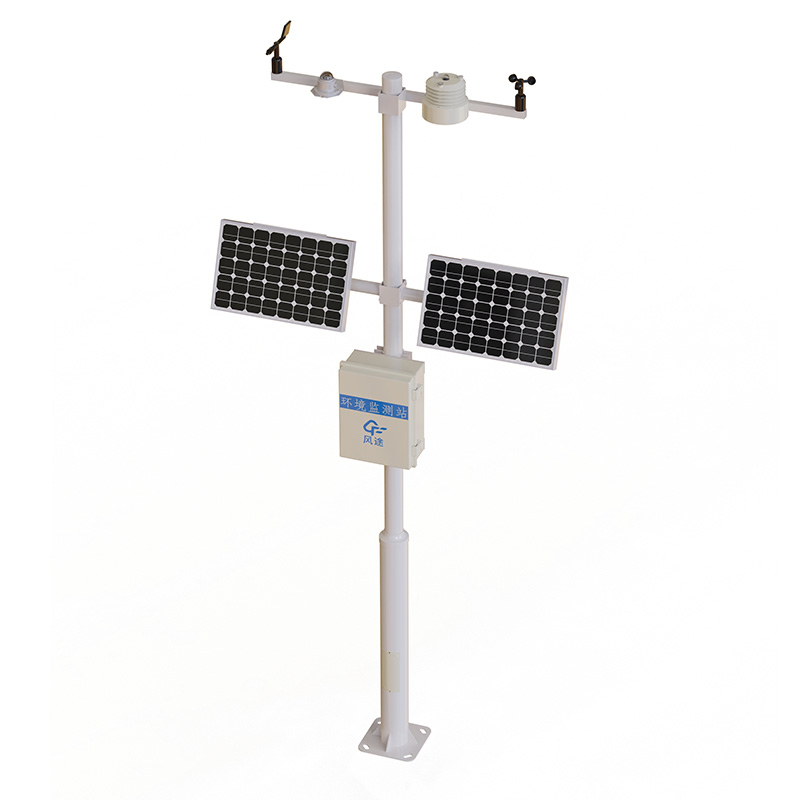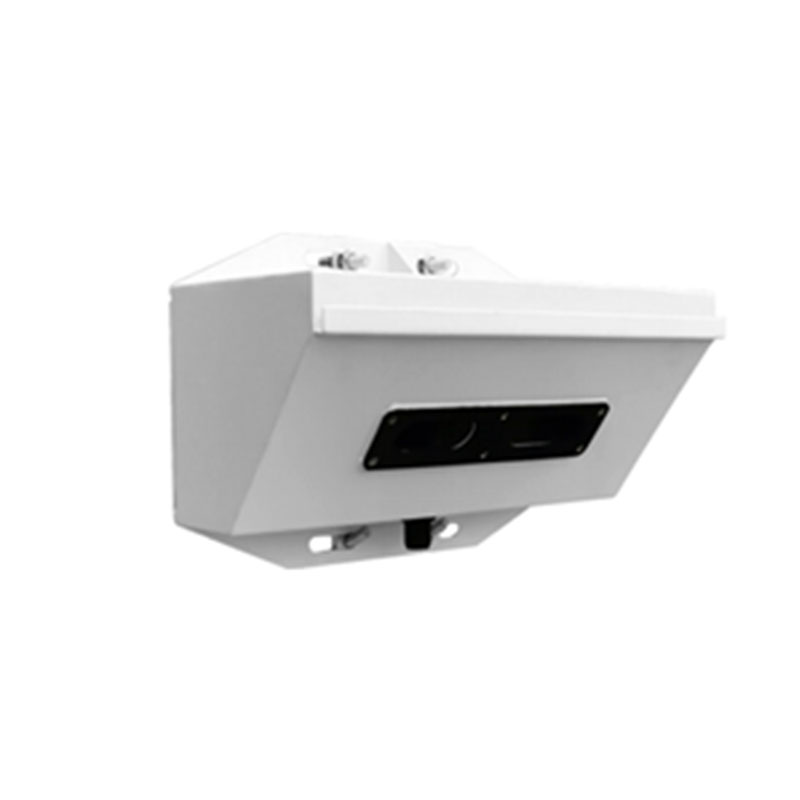Product
Recommended article
- How Forestry Weather Stations Bolster Forest Fire Prevention Efforts
- Discover the Power of Negative Oxygen Ion Monitoring System for Cleaner Air
- Comparative Analysis of Ultrasonic and Automatic Weather Stations in Meteorological Monitoring
- Breaking Through the ‘Last Meter’ with Online Dust Monitoring System
- Mastering Road Conditions with Road Weather Station
- Inhalable Dust Continuous Tester: A Portable Solution for Dust Concentration Monitoring
Contact us
Shandong Fengtu IOT Technology Co., Ltd
Sales Manager:Ms. Emily Wang
Cel,Whatsapp,Wechat:+86 15898932201
Email:info@fengtutec.com
Add:No. 155 Optoelectronic Industry Accelerator, Gaoxin District, Weifang, Shandong, China
How can seedling monitoring stations assist in optimising cereal management techniques?
Article source:Weather station time:2024-05-31 08:46:12 viewed:43times
Design and construction of grain seedling monitoring station
1.Design of grain seedling monitoring station
Retain the Internet of Things technology to build a seedling information monitoring station. Through this device, enough key data can be collected, such as temperature, humidity, wind direction, wind speed, light and rainfall, which are crucial for monitoring the growth of cereals. In combination with communication networks and smart devices such as smart gimbals and high resolution cameras, we were able to build a remote video surveillance system. This system enables us to remotely observe the growth status of grains and obtain real-time field environment data, which facilitates the fine management and monitoring of grains.
2. Mobile phone system design
Used with a mobile phone, the system generates reports containing information on the various stages of grain growth, such as sowing, seedling emergence and growth, as well as conditions such as possible frost damage and collapse. This makes the monitoring of cereals more dynamic, comprehensive, multi-perspective and real-time. And with the help of intelligent terminals, we are able to obtain detailed information about the growth of cereals, including the field environment and crop growth status, so as to meet different monitoring needs and improve the efficiency and effectiveness of cereal planting management.
3.Evaluation standard establishment
Using the accumulated agricultural science and technology data, referring to the standards of the agricultural sector and combining with the actual situation of grain growth, we can establish a set of evaluation system for grain seedling condition. This system will set up different evaluation standards for different stages of grain growth, such as classifying grain seedlings into different grades, such as "Class I seedlings", "Class II seedlings" and so on. Through this kind of detailed evaluation, we can more accurately assess the growth status of the grain, so that we can implement targeted management strategies to help improve grain yield. And these evaluation results can also provide important raw data support for future grain seedling monitoring.
4. Specific application
Based on the evaluation standard of grain seedling condition, real-time and convenient monitoring and early warning services are provided through the system. Provide customised production management advice to farmers using 4G network and smartphones. Through the grassroots agricultural extension platform and the agricultural service hotline, the coverage of the service can be expanded. This IoT-based system not only sends timely early warning information to farmers, such as collapse, frost, pests and drought, but also helps them make more informed decisions on irrigation, production management and pest control.
As a whole, IoT smart technology, has changed the traditional way of collecting information and realised remote automated information collection and management, saving human and material resources. This enables agricultural technicians to quickly understand the situation and grasp key information, providing a solid information foundation for agricultural extension services.
5.Conclusion
Cereal seedling monitoring is a professional and complex task, and by using smart information technology and the Internet of Things, researchers can build a system to remotely collect, monitor and analyse the growth of cereals. This system helps to provide decision support for the management of cereal cultivation and helps to achieve high yields. Similarly, enhanced application of seedling management techniques is key to improving yields.

This paper addresses:https://www.yf182.com/industry/388.html
Related products
Related article
-
Unlocking the Benefits of Fresh Air: Negative Oxygen Ion Monitoring Systems in Tourism Destinations
2024-09-13 -
Villagers Air quality monitoring station
2024-08-15 -
Why install a snow depth monitoring station?
2024-01-25 -
FT-JQX10 Portable Meteorograph: Enhancing Military Readiness in Challenging Weather
2024-10-10 -
Wireless garden environment weather monitoring station, scientific management of gardens
2024-06-05 -
Integrating Safety and Efficiency: The Road Weather Station for Traffic Management
2024-09-12 -
Negative oxygen ion monitoring system to protect the scenic environment
2024-03-22 -
ntroduction to the Forest Fire Monitoring System
2024-05-23










